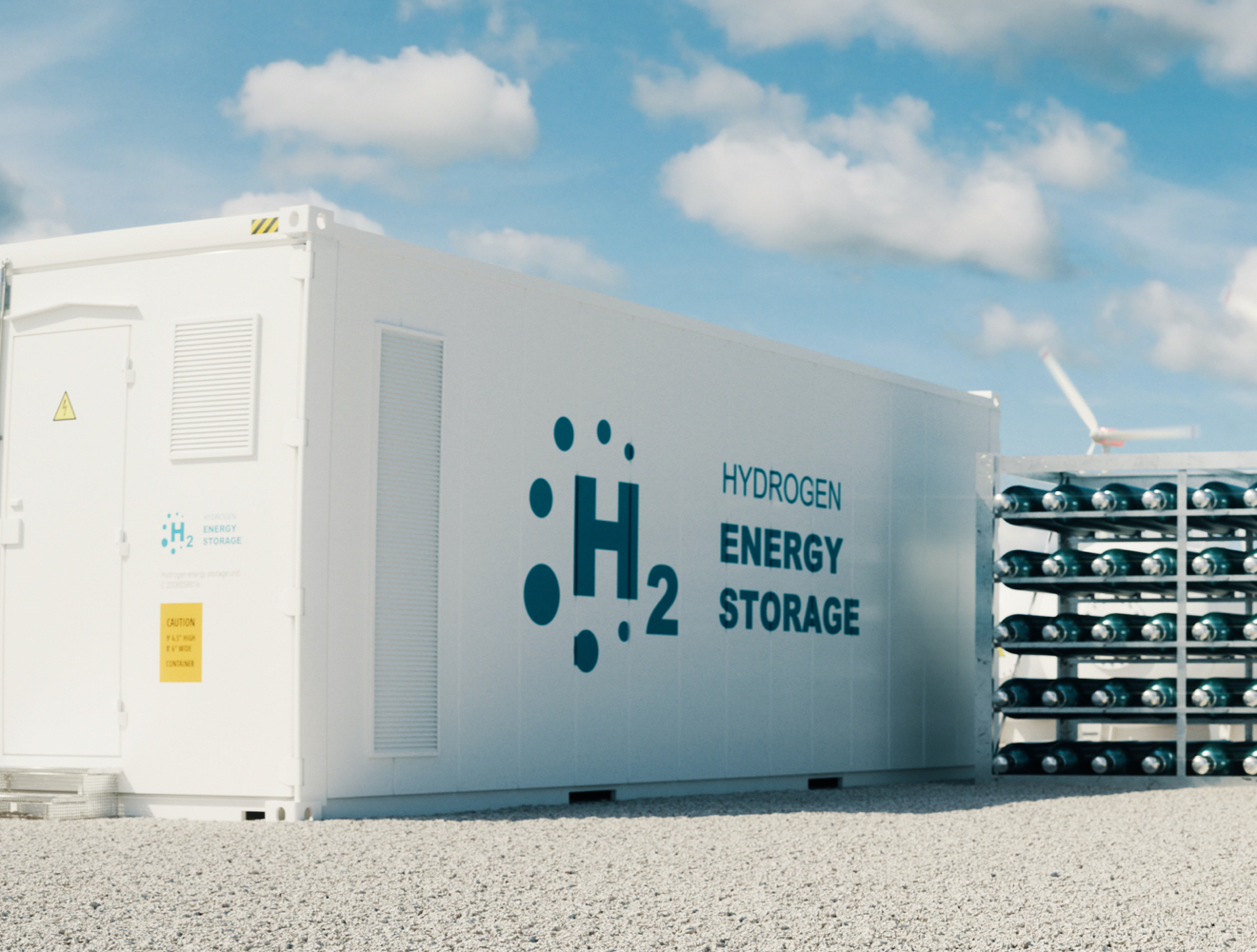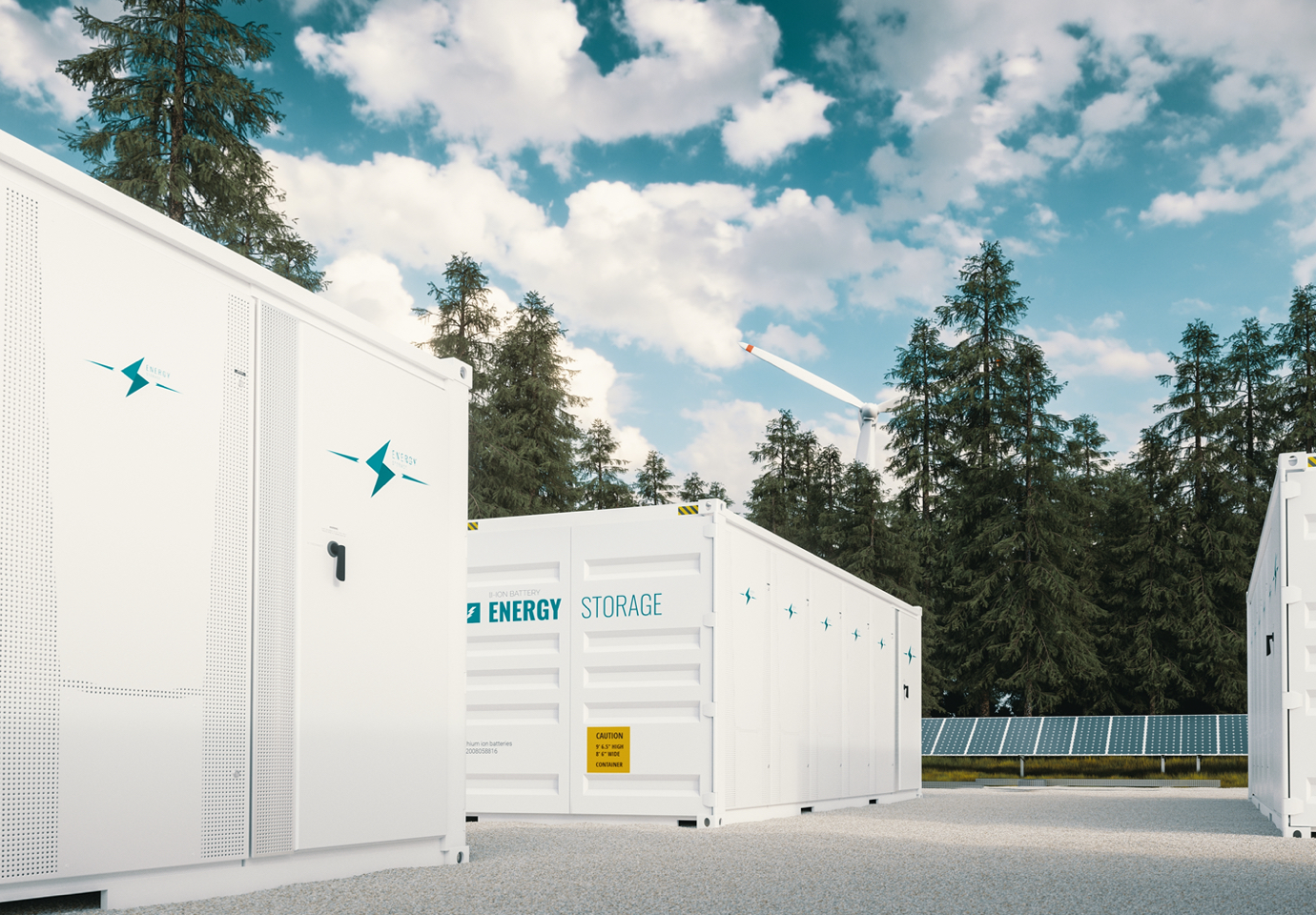
Energy Storage
Solar and wind energy generation will continue growing their share in the global electricity mix. To balance the variability in generation and demand, a proportional increase in energy storage installed capacity is required for sustainable growth in decarbonized electricity. Energy Storage Systems (ESS) using various technologies both at utility-scale and behind-the-meter are essential to the goal of net-zero emissions.
SES Renewables has extensive experience providing solutions for ESS that improve performance, reliability, and system safety of lithium-ion battery ESS and reduction-oxidation flow battery ESS. Our cross-disciplinary experience allows us to provide tailored design, analysis, and testing to ESS manufacturers, system integrators, and end-users to ensure sustainable energy operations. Contact us today to discuss how we can be of service.
Challenges Impacting Energy Storage
Issues such as supply-chain sourcing, total life-cycle emissions, recycling, and safety become critical as demand for energy storage increases. The battery industry faces issues such as:
- Electrical and thermal protection, including thermal runaway and gas toxicity
- Sourcing of raw materials such as lithium, nickel, cobalt, and manganese using environmentally friendly methods
- Dissemination of fire-fighting best practices and battery state-of-health data to AHJs
- Recycling via direct use or material reclamation while accounting for stranded energy
Safety & Performance Testing
Our battery testing capabilities assure our clients that their battery systems meet and exceed safety and performance requirements before installation and commissioning, saving millions of dollars in potential recall or redesign costs. We provide expert battery testing services for clients in the grid storage industry in addition to aerospace, electric vehicle, consumer products, and medical device industries. We dig deep into the complex electrochemical/thermal system of batteries to provide answers to critical questions shared by both battery engineers and end users alike, including:
- Which factors have the most significant influence on the probability and severity of a thermal runaway event?
- Using safety-focused module, unit, and installation designs, how can thermal runaway propagation be mitigated?
- What steps can be taken to improve the safety of batteries during operation and transportation?
Testing for thermal runaway propagation, thermal runaway containment, standards development, cycle life, and performance can answer these questions. Our state-of-the-art and ISO 9001:2015 compliant test facility houses a wide array of equipment used to characterize the cells electrically, along with various chambers for environmental control, abuse testing, external fire testing, and gas analysis. We also provide failure analysis and destructive physical analysis of battery electrodes, minimizing the risk of manufacturing defects before they cause lasting harm.

Design & Analysis
In combination with testing or when testing is impractical, analysis-driven design can greatly increase battery engineers’ understanding of battery thermal behavior, allowing for improved safety while optimizing weight and volume. SES Renewables uses coupled electrochemical-thermal analysis via computational fluid dynamics (CFD) to simulate operational and thermal runaway conditions of battery modules and racks to determine suitable thermal designs in collaboration with our clients. SES has a unique capability to combine test data with analysis, which validates models and provides accurate solutions to thermal hazards.

Monitoring ESS Health
Battery energy storage systems are required to have operational lifespans similar to the generation equipment they are paired with for maximum economic efficiency. Most electrochemical storage systems today experience some form of capacity degradation as they are charged and discharged, resulting in a dynamic state-of-health (SoH). Continuous monitoring of energy sources, loads, and temperatures in ESS using SES Renewables’ NeoSight® platform allows for accurate SoH estimation, reducing downtime and increasing life.